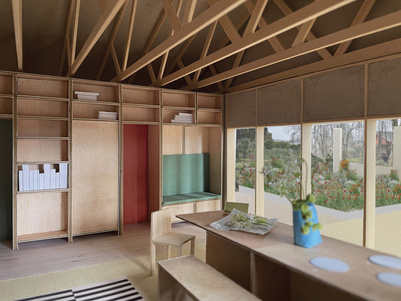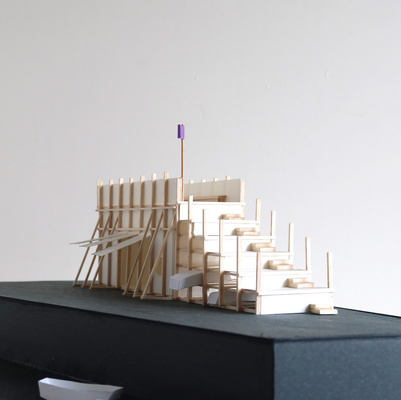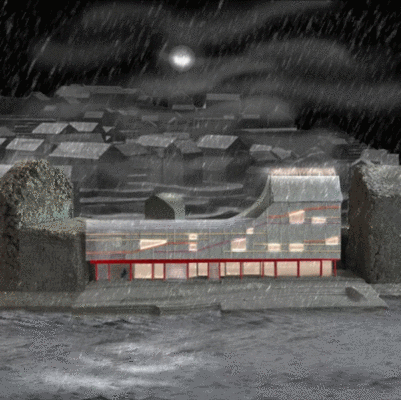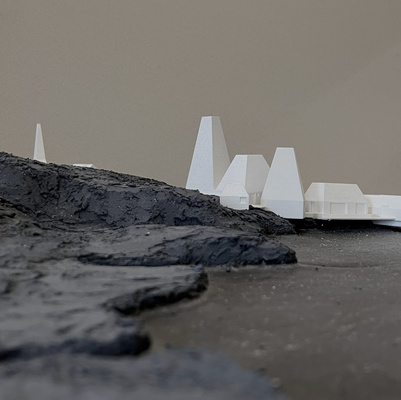The story begins with the greenhouse. When one thinks of a greenhouse, the stereotype would probably be a structure of steel and glass used to cultivate plants. Within the history of greenhouses, they took the form of winter gardens, a type of popular social place in the high latitudes especially during the winter-- a warm, greenery-filled interior, yet with the airy feeling of being outside. For the site of this project,I chose the Faroe Islands, where extreme weather exists and a greenhouse might be a potential solution to some needs.
Everything about the Faroe Islands is the opposite of what I used to know. It was challengeable and also important for me to learn about a new place and try to position myself properly since the Faroe Islands is such an isolated and colorful world.
With its changing extreme climate and dramatic landscape, the human presence seems particularly insignificant. Full of awe, caution, and passion, the Faroese people have created their home in this land. Since the Faroe Islands have had colored paint, each tiny house leaps colorfully across the tundra as if to say, "I'm here! I'm here!"
bird's eye view of Velbastaður:
https://gis.torshavn.fo/pano/panoramas/bygdir/#velbastadur_norduri_a_heyggi





























































